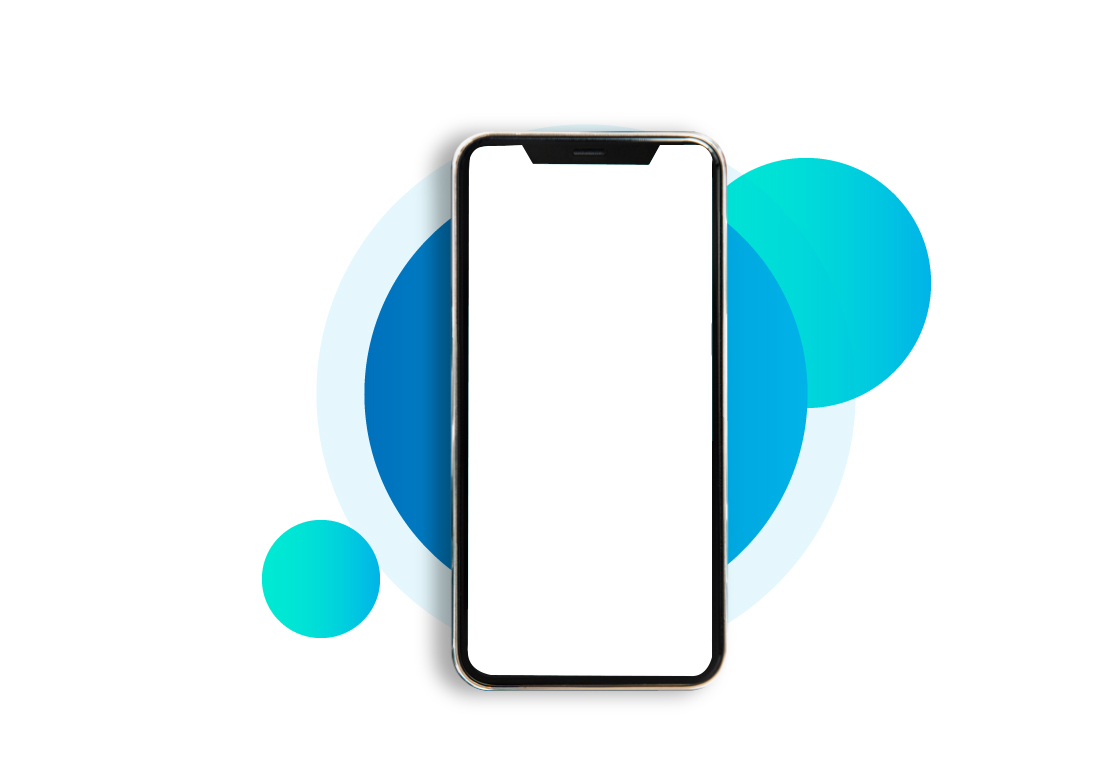Customer Experience (CX) is a hot topic these days and for good reason. CX encompasses all of the interactions between an organization and its audience for the entire duration of their relationship. From the initial awareness and brand discovery stages, through conversion and ultimately to advocacy, customer experience is everything that concerns the customer’s view and feelings about your brand.
Good CX makes customers come back again and again. Bad CX, on the other hand, will drive away customers at an exponential rate as their bad experiences are shared amongst friends and colleagues. Here’s what not to do as an organization if you want to make customer experience a priority.
1 Measure the wrong thing.
One of the most common misconceptions is that, as long as the traffic on your site is increased, there’s little else you have to worry about. Unfortunately, this couldn’t possibly be more wrong.
Here’s a thought experiment. Would you rather have five engaged visitors or 500 who drop off after briefly glancing at the first two pages – never to return again? Most people are probably, rightly, thinking that the engaged visitors are the proper measurement. Now think back to the last few status reports on the website you’ve received. Were they reporting and celebrating the vanity metric of gross visits, or has your organization found a way to identify, measure, nurture and report on that smaller audience of engaged users who are your most likely customers?
Choosing the right metrics are vital. Without the right metrics targeting the data that really matters, even the most creative of digital marketing campaigns won’t bring results.
2 Push, don’t Pull.
The traditional marketing approach is about getting potential customers to notice the product, then providing them with information on its features and functions, and then hitting them with a hook: Come to our stand at the expo, Visit our site for more info, Click here to buy. Unfortunately, many marketers still continue to use this old-fashioned approach to online marketing, getting nowhere at all with their sales.
Because the problem with this approach is that consumers are all too well aware of this strategy and immediately associate such CTAs with spam.
Here to the rescue comes inbound marketing.
Inbound marketing is all about grabbing the interest of potential consumers by providing them with the information they need and want in a way that feels natural, never forced. Only when you earn the trust of the consumers, but never before, can you push forward a hook that will make them buy your product. By implementing inbound marketing, you can actually make your potential customers engage with your brand long before they become paying clients.
3 Ignore the customer journey.
How does it happen that a potential client finally becomes a customer? What are the factors that spark the need to buy? Defining and analyzing these factors will greatly improve your understanding of your customer and in turn, will greatly improve sales.
Gary Vaynerchuk, a successful entrepreneur, said that if you aren’t constantly jabbing at your potential customers in your campaigns, swiftly placing clever hooks, all consumers will most likely veer off your brand.
Ensuring a complete customer journey doesn’t mean you need to boil the ocean on the first go though. In an agile campaign, the focus is often on a single conversion point. Here you don’t follow a defined marketing campaign step by step; instead, you react to the changes in the market and trends in real-time. You interact with your potential customers, being in charge of their customer journey from the very start.
4 Talk to the wrong audience.
Sending 3000 emails to prospects who are completely different from your brand’s target audience may result in a flurry of activity on your website or marketing channels, but will always result in a bare modicum of conversions, regardless of the effort you’ve put into your campaign. To the vast majority of recipients in an untargeted marketing list, your message will be nothing more than spam and your brand forever tarnished.
Like with website visitors, it’s not the quantity that matters in marketing, it’s the relevance of the audience to your message. Sieve through your target audience and then sieve once more, until your audience is neatly arranged in segments. Use agile marketing campaigns to learn how and what to communicate with each segment. If you don’t do this, you might end up trying to sell pork to a kosher email list.
5 Ignore customer experience
In the pre-digital era sustainable competitive advantage for companies came from the mastering of internal processes, and creating high barriers for competition to enter the market. In the current digital era, on the other hand, companies need to focus on opening up to potential customers, and learning how they experience your brand.
Customer experience is not only about dealing with customer’s problems via support services, it’s about all aspects of the customer’s contact with the brand. From the agile marketing perspective, this means you need to actively deal with customer experience across all your digital channels: from your website to your tweets to your Facebook posts. In case any frictions occur, deal with them at hand to instantly improve customer experience with the brand.
Ask yourself questions: Does your CTA take the prospect to the right page? Can they get to their desired information with one click or does it take three clicks? Does your website enable you to learn about the prospect? Only after answering these questions can you move on to designing your campaign, all the time having one thing in mind – would you yourself engage with your brand?

